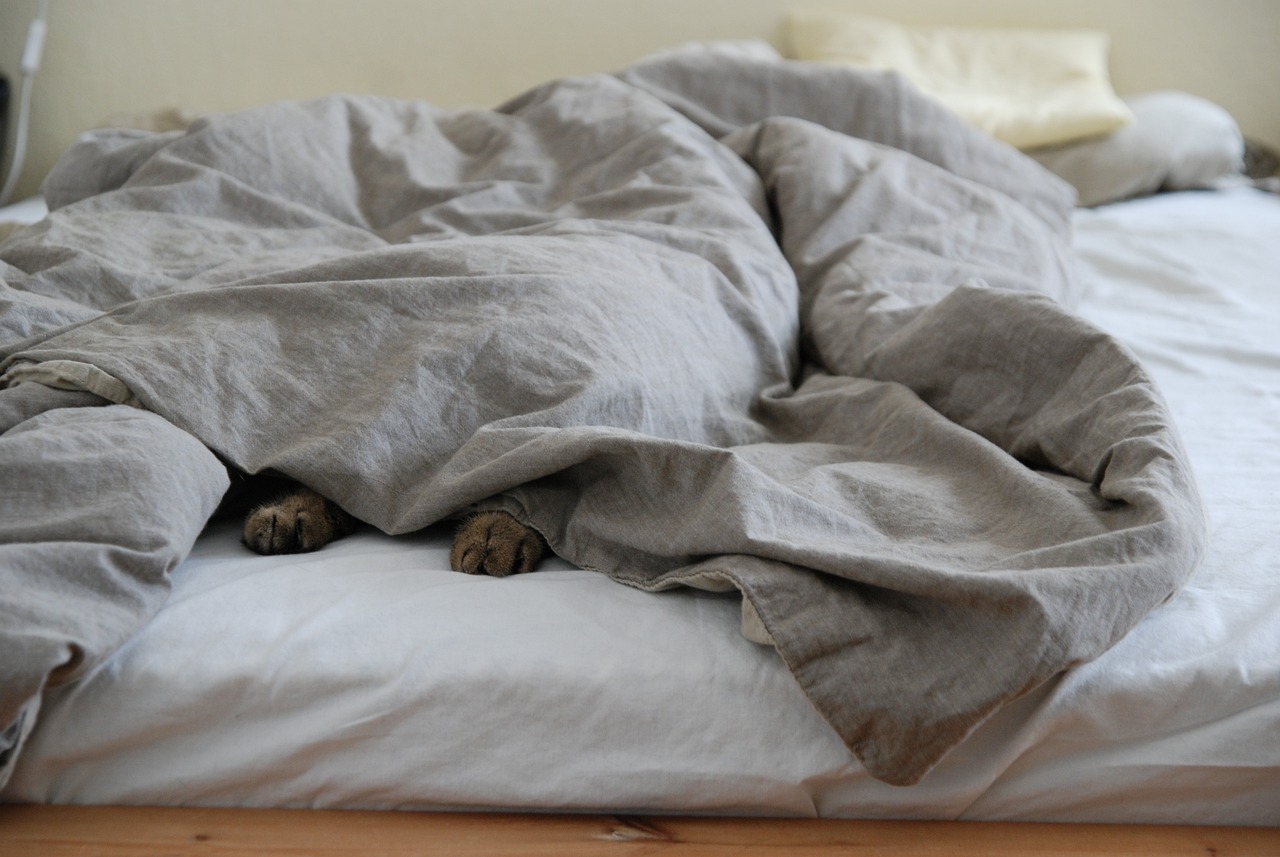Are you aware of the crucial role that tenant-landlord cooperation plays in the effective control of bed bugs? Understanding the importance of this collaboration is essential for a successful battle against these resilient pests.
With their ability to spread rapidly and infest various areas, it is imperative that tenants and landlords work together to achieve a bed bug-free environment. By adopting a proactive approach that focuses on early detection, reporting, and prompt treatment, you can significantly reduce the risk of infestations.
Clear and open communication, along with proper documentation, ensures that responsibilities are shared and everyone is held accountable. Regular inspections and preventive measures go a long way in preventing bed bug infestations. Additionally, knowing how to address disputes and being aware of legal considerations can help resolve conflicts swiftly and effectively.
By understanding the importance of tenant-landlord cooperation, you can create a united front against bed bugs and maintain a comfortable and pest-free living environment.
Early Detection and Reporting
It’s crucial for tenants to promptly report any signs of bed bugs to their landlords in order to prevent a larger infestation. Early detection is key in effectively controlling and eradicating bed bugs.
These pesky pests are known for their ability to reproduce rapidly and spread quickly throughout a property. By promptly reporting any signs of bed bugs, such as bites, blood stains, or dark spots on mattresses and furniture, tenants can help their landlords take immediate action to address the issue.
Early detection allows for targeted treatments, reducing the likelihood of bed bugs infesting neighboring units and becoming a more widespread problem. Additionally, early reporting can help landlords identify the source of the infestation, whether it’s a neighboring unit or brought in by a new tenant, allowing for better prevention measures in the future.
Sharing Responsibility for Treatment
Collaboratively sharing the responsibility for treatment enhances the overall experience of addressing and managing bed bug infestations. When both tenants and landlords take an active role in the treatment process, it increases the chances of successful eradication and prevents reinfestation.
Tenants should promptly report any signs of bed bugs to their landlords, as early detection is crucial in preventing the infestation from spreading. Landlords, on the other hand, should respond promptly to tenant reports and hire professional pest control services that specialize in bed bug eradication.
It’s important for both parties to understand that treatment may require multiple visits and follow-up inspections to ensure that all bed bugs and their eggs have been eliminated. Additionally, tenants should cooperate by following the instructions given by the pest control professionals, such as washing and drying infested items at high temperatures.
This collaboration between tenants and landlords promotes a proactive approach to bed bug control, ultimately leading to more successful outcomes.
Proper Communication and Documentation
Make sure you communicate effectively and document every step of the treatment process to maximize the chances of successfully eliminating and preventing the return of those unwanted pests. Proper communication and documentation are key in bed bug control.
When dealing with bed bug infestations, it’s crucial to keep both the tenant and landlord informed about the treatment plan, progress, and any necessary follow-up actions. This helps to ensure that everyone is on the same page and can work together towards a common goal. Clear and concise communication also allows for quick identification of any issues or concerns that may arise during the treatment process.
Additionally, documenting each step of the treatment helps to create a comprehensive record of the actions taken, providing valuable information for future reference and evaluation. By following these practices, you can establish a cooperative and efficient relationship between tenant and landlord, leading to more effective bed bug control.
Prevention and Regular Inspections
To prevent future infestations, you should regularly inspect your living space for any signs of pests. Bed bugs are elusive creatures that can hide in cracks and crevices, making it essential to conduct thorough inspections.
Start by checking your mattress, box spring, and bed frame for any dark or rust-colored spots, which could indicate bed bug fecal stains or blood smears. Additionally, inspect upholstered furniture, curtains, and carpets, paying close attention to seams and folds. Look for tiny, oval-shaped bugs or their shed skins, as well as small white eggs.
It’s crucial to remember that bed bugs can also infest electronics, so inspect your alarm clocks, chargers, and any other devices near your sleeping area. By conducting regular inspections, you can catch bed bug infestations early and take immediate action to prevent further spread.
Resolving Disputes and Legal Considerations
Resolving disputes and considering legal options can be a stressful and overwhelming process, leaving you feeling frustrated and powerless. However, when it comes to bed bug control, it’s important to understand the legal considerations and options available to you as a tenant or landlord.
In the event of a dispute, it’s recommended to first try to resolve the issue through open and honest communication. Document all conversations and any evidence related to the infestation.

If the issue remains unresolved, you may need to seek legal advice or mediation services. It’s crucial to understand your rights and responsibilities as a tenant or landlord, as well as any local laws or regulations that may apply.
This will help ensure a fair and effective resolution to the dispute, and ultimately contribute to successful bed bug control.
Frequently Asked Questions
What are the common signs and symptoms of a bed bug infestation?
Common signs and symptoms of a bed bug infestation include itchy, red welts on the skin, blood stains on bedding, and a musty odor. Bed bugs can also be found in mattress seams, furniture, and cracks in walls.
How long does it typically take to treat a bed bug infestation?
Treating a bed bug infestation typically takes several weeks. It involves a combination of methods such as thorough cleaning, vacuuming, steam treatment, and the application of insecticides to eliminate both live bugs and their eggs.
Are there any specific cleaning or maintenance practices that can help prevent bed bug infestations?
To prevent bed bug infestations, regularly vacuum and clean your living space, paying close attention to cracks and crevices. Additionally, inspect secondhand furniture before bringing it into your home, and use protective encasements for mattresses and box springs.
Are there any legal obligations for landlords in terms of bed bug control and prevention?
Landlords have legal obligations to control and prevent bed bug infestations. They must provide habitable living conditions, which includes addressing bed bug issues. This ensures the health and safety of tenants.
How can tenants effectively communicate with their landlords about a suspected bed bug issue without causing conflict?
To effectively communicate with your landlord about a suspected bed bug issue without causing conflict, calmly and promptly report the problem in writing, provide evidence if possible, and suggest professional pest control services to address the issue.
Conclusion
To conclude, tenant-landlord cooperation is crucial in effectively controlling bed bug infestations. Early detection and reporting allow for swift action, preventing the spread of these pests.
Sharing responsibility for treatment ensures that both parties contribute to the eradication process. Proper communication and documentation help in tracking progress and addressing any concerns.
Prevention and regular inspections help to identify and address potential issues before they escalate. Resolving disputes and considering legal aspects play a vital role in maintaining a healthy tenant-landlord relationship.
By working together, both parties can successfully combat bed bugs and maintain a pest-free environment.










